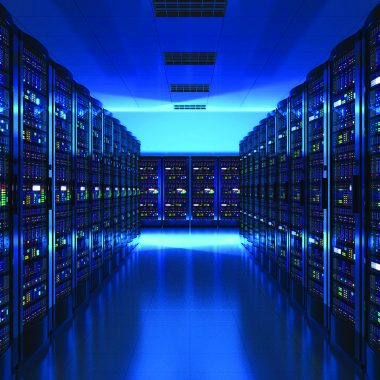Alex Bitter/BI
I went to the latest version of Amazon Fresh and can’t see what sets it apart from other grocery stores

Alex Bitter/BI
I showed up a little after 8 am — when the store opens — on a weekday, so there were plenty of carts available.
Alex Bitter/BI
As I stepped into the store, I first encountered the produce section, just like you do at many other grocery stores.
It was also clear to me that this store was larger than other Amazon Fresh locations at about 50,000 square feet, according to ALXNow. Amazon previously said that Fresh stores range in size from 25,000 to 51,000 square feet.
Alex Bitter/BI
I had the option to add the ingredients for the parfait to my virtual shopping cart on Amazon as well as view the recipe.
Alex Bitter/BI
These screens are meant to help shoppers find specific products within an aisle. While most were functioning and correct, a few that I saw weren’t working or, like this one, didn’t match what was on the shelf — note the bottles of red wine next to the screen that reads “white wines.”
Alex Bitter/BI
This Aplenty white cheddar cheese was cheaper than the similar Kerrygold next to it.
Alex Bitter/BI
The Amazon Kitchen breakfast wrap I picked included chicken chorizo, refried beans, scrambled eggs, pepper jack cheese, and poblano chiles. It cost $4.49 with a Prime membership, or $4.99 without one.
Alex Bitter/BI
I also noticed bare or empty shelves for some grocery staples that tend to be in high demand, such as bottled water.
An Amazon spokesperson said: “As this new Amazon Fresh store has only been open for a few weeks, we continue to learn and adapt our forecasts based on customer shopping patterns and preferences.”
Alex Bitter/BI
I had the choice of using self-checkout kiosks, a traditional checkout staffed by a human, or the Dash Cart, which would have kept track of my purchases as I shopped.
Alex Bitter/BI
I also could use Amazon One, the company’s palm-based payment technology. If you enroll ahead of your shopping trip, Amazon One links your payment details — and your Prime account — to your palm, which you can scan at checkout.
I opted to pay using the credit card reader at the kiosk. There’s also an option to get Prime discounts by scanning a code on your phone through the Amazon app, as an employee standing nearby reminded me as I rang up my purchases. (Whole Foods stores have a similar system).
Alex Bitter/BI
Many shoppers go to Amazon’s website to order everything from books to electronics. The company has spent several years trying to add groceries to that list.
Perhaps the discounts for Prime members will draw some people to the store — about 75% of all US shoppers had a Prime membership as of earlier this year.
But this Amazon Fresh store didn’t have much you couldn’t get elsewhere. It’s also located in an area where shoppers have lots of choices for buying food: Within a two-mile radius, there are two grocery stores run by Kroger-owned Harris Teeter, a Giant Food supermarket, an Aldi, a Lidl Express, a Safeway, two local organic markets, and a Target.
As I headed out of the store, I thought about how Phil Lempert, a food industry analyst and editor at Supermarket Guru, summed up his opinion on Amazon Fresh stores for a story I wrote in June: “I am a major Amazon.com shopper,” Lempert said. “I could not live without Amazon.com. I can live without Amazon Fresh.”
An Amazon spokesperson said that the company “optimized this store’s design and layout to offer a vast selection of the top national brands, as well as high-quality protein and produce,” private-label items like the wipes and aged cheddar that I found, as well as baked goods like chocolate chip cookies and turnovers. The goal is to “appeal to a wide range of customers,” the spokesperson said.

